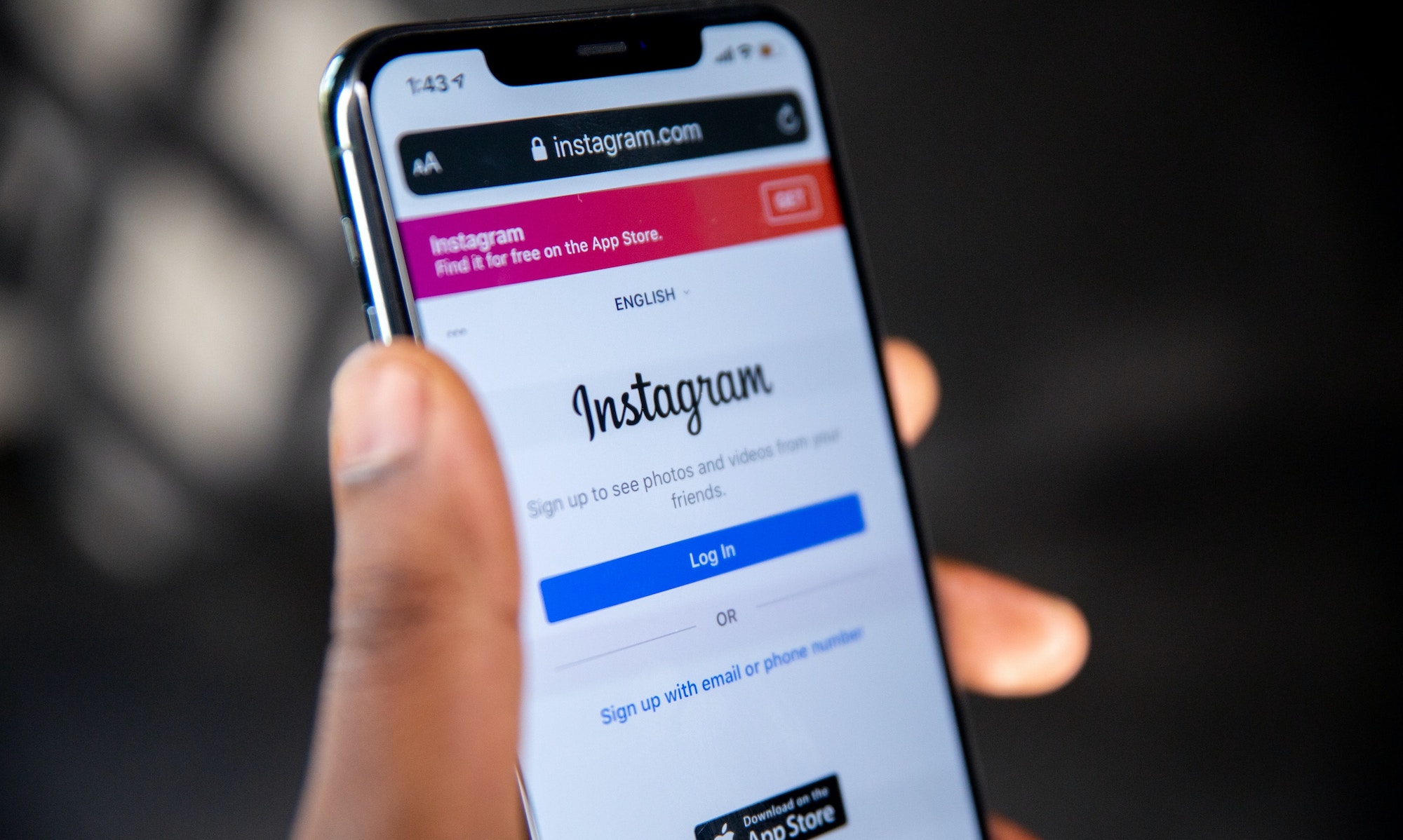Does it still cost 5X more to acquire customers than to retain them in 2023?

Listen to this article:
Fun fact: “Adidas” does not stand for “All Day I Dream About Sports.” It’s short for Adi Dassler, the company’s founder.
Yet, if you repeat a factoid often enough, it has a way of entering the zeitgeist. That’s especially true for statistics ringing with truth.
Case in point: everyone knows it costs 5x more to acquire customers than to get customers to return. This factoid (this time in “10x” form) even appeared in “The Office,” when an intern attending business school at night quizzed hapless boss Michael Scott. The joke was that the branch manager didn’t understand a basic business fact.
The “5x rule” is a beloved stat, tracing its roots to sources at Bain Capital. But here’s the thing: the stat is…well, kind of old. We’re talking 2014. Possibly even earlier.
What if this stat is wrong—kind of like the “Adidas” idea? Or what if it’s correct but still doesn’t apply in 2023?
It would mean you’re making marketing decisions based on outdated, and possibly obsolete, rules of thumb.
In the past several years, we’ve seen sweeping changes to the way we think about marketing, including:
- Influencer marketing, including micro-influencers with highly developed niches
- Improved access to customer data, including third and first-party varieties
- The rise of the creator economy
If you’re a hammer, everything looks like a nail. And if you’re using outdated statistics to drive marketing decisions, every ad opportunity looks expensive. But what if there’s another way to approach customer acquisition? Ahem…maybe creator marketing offers a way out.
Purple monkey dishwasher: the source of the “5x” statistic
Tracing internet statistics to their source is a bit like a game of telephone.
You know that old game: you start with a ring of friends, choose a phrase, then whisper it in each other’s ears. When the phrase reaches the last person in line, it comes out with nonsense like “purple monkey dishwasher.”
So it is with stats. One source traces its statistics to another source, which quotes another source, and on and on it goes.
Forbes, for example, might direct you to visit one source, and then that source will just say the “5x” rule without explaining where it came from. You know a statistic is deeply embedded into society when people can quote it as a rule of thumb, no citation required.
But where does the “5x” idea come from? Turns out, it’s harder to find than you’d think.
It may have come out of Bain’s contention—in a statistic dating back decades—that “by increasing retention as little as 5 percent, profits can be boosted by as much as 95 percent.”
In Harvard Business Review, we again get the Bain idea that new customer acquisition is “anywhere from 5 to 25 times more expensive than retaining an existing one.” But again, there’s little to go on other than rule-of-thumb sourcing.
So we go back further, and further, and further until we find this 2003 source from Bain Capital: a bank with customer acquisition costs about 4x their retention costs.
“For most banks,” Bain noted, “reducing new customer attrition by 1 percentage point would accelerate growth by 15% to 30%.”
We’ve gone far enough down the Wayback Machine to know some very simple truths:
- The “5x rule” is as much a guideline these days as it is a statistic
- Everyone around us seems to assume that in 2023, the “5x rule” still applies
But that’s a heavy-handed assumption to make. What happens when the data you’re working with is so old, the oldest sources are just other people quoting it? It means your thoughts on customer acquisition may be in need of an update.
In 2023, we’re at the end of the game of telephone. And we have no clue whether what we just heard was the truth, or just another version of “purple monkey dishwasher.”
A more nuanced approach to customer acquisition in 2023
An idea as universal as “new customers cost 5x old customers” sounds like a mathematical certainty out of Isaac Newton textbooks.
That fact alone should set alarm bells ringing.
At the very least, it doesn’t work as a blanket statement. After all, what if your average new customer tends to buy monthly subscriptions? Or what if you work in an industry with a lower churn rate than others?
According to data from Recurly, software companies have average churn rates of 4.75% compared to 7.22% for education companies. That’s a completely different customer acquisition equation baked into your market’s cake.
“Not all customers are created equal,” notes Harvard Business Review. Variables like average spend per purchase, average number of purchases per year, and yes, retention rate, all impact the bottom line for each new customer acquisition.
In some industries, notes McKinsey, the conventional “5x” wisdom can vary wildly. Your results depend on the quality of your company’s relationship with its customers.
“Where SaaS companies with the strongest EV/revenue multiples are able to recover their customer acquisition costs in under 16 months, bottom-quartile players take nearly four years to do the same,” says McKinsey.
Same market. Same kinds of customers. Difference in customer acquisition costs? 3x.
The reality is that customer acquisition cost is as variable as any other metric. Rather than relying on an old rule of thumb, you can calculate it yourself. Customer acquisition cost is the cost of sales plus the cost of marketing divided by new customers acquired. That’s it.
And if you apply that knowledge to how you make sales in 2023, you might be surprised at how efficient some channels are for getting those customers. After all, the 5x stat predates creator marketing and the age of TikTok.
Is it possible those two elements have thrown the “acquisition” stat upside down?
Customer acquisition in the age of creator marketing
The customer acquisition game might look bleak if you’re in a traditional marketing channel.
Those channels tend to be saturated and therefore expensive. If you’re buying 30 seconds of airtime in the Superbowl these days, you’re shelling out $7 million for time alone.
Why is customer acquisition so inefficient in some spaces? Sometimes it comes down to saturation and trust. As far back as 2018, HubSpot found that over 70% of consumers don’t trust sponsored ads on social media.
The result: higher costs. In other words, the “Bain effect” is even more pronounced in some markets.
“As consumer spending is squeezed, acquiring new customers will be costly and more difficult,” says Simon Bacher, CEO of LingApp.
And spending more may not be enough to cover the difference. Says Bacher: “The ever-crowding tech market makes it tougher to find new leads, and results remain stagnant or sluggish despite the higher spending.”
If this is a struggle in your industry, creator marketing may offer a way out.
Creators are relatively well-positioned to sell products with high customer acquisition costs, where they can leverage their distribution advantages. Right now, creators tend to play in commodity markets where their names are a stamp of approval.
As David Perell notes, creators have a distinct advantage over traditional advertising channels. They can build customer relationships in ways brands can’t.
“Generating short-term cash and building long-term equity are different mindsets,” notes Perell.
According to Max Benz, founder and CEO of Banking Geek, those relationships are the key to understanding why creators may be a solid alternative to customer acquisition.
“Creator marketing offers more personalized relationships between brand and consumer compared to traditional advertising methods,” says Benz. “Additionally, it can also help brands cut through the noise online by tapping into influencers' dedicated audiences who already have an affinity with the content they produce.”
And opportunities abound. According to HubSpot, there are 30 million creators on Instagram. Three million on Twitch. Add 13 million on YouTube. A total of 200 million globally.
The creator economy’s overall market? Worth about $104.2 billion. And, according to HubSpot, that’s only set to grow.
But do those raw numbers add up to creator marketing success? Let’s dive into a few examples.
Examples of brands embracing creators for customer acquisition
1. Fabletics
You wouldn’t think Fabletics would have a problem getting new customers. But every business is at the mercy of customer acquisition costs—even those with an established digital presence. Fabletics was already familiar with influencer marketing, and intended to leverage it.
But “influencer marketing” is a broad term. Fabletics took a specific approach to creator marketing by trying to build long-term relationships with its creator partnerships.
Fabletics enlisted a third-party company to track performance, audience makeup, and long-term quality of their influencer relationships. Did it work? Of course. They dropped influencer marketing customer acquisition costs by 30% within a year.
2. Banza
Other companies have built their platform almost entirely through influencer marketing. Banza, for instance, was a food company with just one product at the start: high-protein chickpea pasta.
Rather than set out on expensive influencer marketing campaigns, founder and CEO Brian Rudolph sent out free product samples to influencers. The strategy paid off. Nutrition and fitness influencers shared it with audiences who were a natural fit for high-protein pasta.
The total cost for all those new customers? Zero, except for a good amount of upfront labor on the part of the CEO.
3. ButcherBox
ButcherBox had a similar blast-off moment when it was still in Kickstarter mode. Having raised $210,000 on the platform, there was already some buzz in the air. But it wasn’t until a health influencer by the name of Chris Kresser noticed the offer and launched sponsored ButcherBox tweets that the brand took off to the kind of fame it enjoys now.
We don’t have the cost-per-acquisition numbers for that particular campaign. But given ButcherBox’s subscription model, it’s fair to say they might be much lower than the average brand can hope for. The digital world—and digital advertising via influencers—has changed the game. Even if your business is as time-honored as selling meat.
The truth behind the “purple monkey dishwasher” stat
Maybe the Bain Capital 5x stat is a little outdated. And maybe it was never designed to be a rule of thumb by which every company should measure their customer acquisition success.
But it still highlights a key point: one of the hardest things to do in business will always be convincing strangers to hand you money. No matter what you’re doing.
Even so, no brand should assume 5x customer acquisition costs simply because they’re in business. Your particular market segment may be easier to capture and harder to retain, or vice versa. And if you can work with experienced creators with highly-defined niche markets, you may find customers are easier to acquire than ever.












.jpg)
.jpg)






.jpg)
.png)



.png)
.jpeg)
























































.jpg)


























